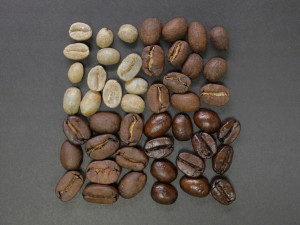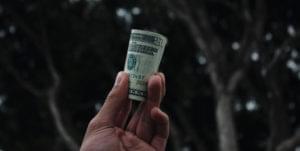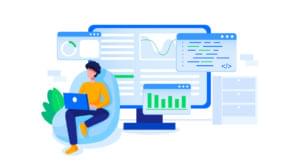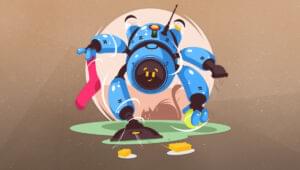Are you losing customers because your Website is too slow? Follow these four tips to ensure that:
- your pageloads are quick and crisp,
- your customers stay on your site and
- your visitor-to-buyer conversion rate improves.
1. Keep Your Homepage Brief
I, along with millions of other Website owners, used to put everything — including the kitchen sink — on my homepage. It took a customer to advise me that they’d waited four minutes for my homepage to download before I got wise and began to cull unnecessary content. In fact, I kept culling until all I had were site links, an introductory paragraph, and links to the Websites of six of my most important partners.
As a general rule, I try to lay out my homepage so that the visitor can view all the information on it without paging down. Why not transfer content to other pages on your site like I did, by creating a “what’s new” and an “awards” page? Pages beyond the homepage can be two or three times its size, especially if the content is comprised of text and not graphics. Keep in mind that although many users have cable Internet connections, just as many are still plodding along with 56 kbs and 33 kbs modems — these users are not likely to wait longer than 15 seconds for a page to download.
For an example of a good homepage that’s concise and fast loading, see HimalayArt.com.
2. Keep Your Graphics “Light”
With graphics and digital images, I always find myself making a trade-off between quality and weight (that is, the size in KB of the graphic). There are many software programs out there that will reduce the size of your graphics (such as JPEG Cruncher Pro or GIF Cruncher Desktop), but no matter which graphics program you use, my advice is the same: when you’re working with a graphic or a photo, always save the item with the highest quality available. Then, the last time you save the item before it is to be published on your site, save it at about 80% quality. This method takes into account that if you save an item at 80% quality five times, you lose 20% of the item’s quality each time you save it.
I’ve found that it also helps to keep a master copy of all graphic items, so you can go back to your original, highest quality copy at any time. I also have a general rule not to make any graphics larger than 500 pixels in height or width. This lets the viewer see the whole graphic without paging down or over, and keeps the weight of the graphic to a manageable size — usually between 20k and 40k.
A Website that uses photos really well is AsianArt.com. Notice the clarity, size, and loading times of their photos.
3. Keep Your HTML Concise
I find that as I work with Web pages — revising and updating constantly — the HTML code becomes cluttered with empty, redundant, and nested font tags (for example, <font=times><font=times></font></font> would be empty, redundant, and nested).
Most HTML editors offer an option to clean up your HTML by eliminating empty, redundant, and nested tags (in Dreamweaver, go to the “Commands” menu, and then “Clean up HTML”). This not only cleans up your code for appearance purposes, but makes your pageloads quicker, as there is less code to process.
Additionally, I like a little program called HTML Shrinker, which removes every byte of unnecessary HTML on your pages, sometimes shrinking your code by up to 80% or 90%. The program also provides the option to make backups of your original code, which I would highly recommend doing (a few times my code didn’t work correctly after it was condensed).
4. Make Your Website “Cache-Friendly”
When a visitor to your site first encounters your homepage, their browser downloads all the graphics on that page. When they continue on to pages deeper in your Website, many browsers will store (or “cache”) the graphics from the homepage and use them again on each page on which they’re encountered. This saves the same graphics from being downloaded on each and every page of your Website.
In order to take advantage of caching, your site needs to use common graphics on each page. For example, set up a “buttons” directory and save one copy of each button in that directory. Use the buttons in that directory on a site-wide basis. For example, I use one “back” button for my entire site. The first time the back button is encountered, it will be downloaded. Each succeeding time it is encountered, the browser will used the cached copy of the button, which saves download time.
Fast Tips For Fast Downloads
Following these four suggestions will help you create fast loading content — one of the most important elements of an effective Website. Remember that old saying, that the three most important things in marketing are location, location, and location? Well, the three most important things in Web marketing are speed, speed, and speed. Speed will get customers past your homepage, keep them on your site longer, and encourage them to return again and again.
Robert L. Kulik is the president of TheMarketingCorp.com, a worldwide Internet marketing agency based in Seattle, WA. He's also a marketing lecturer at the University of Washington in Seattle.






